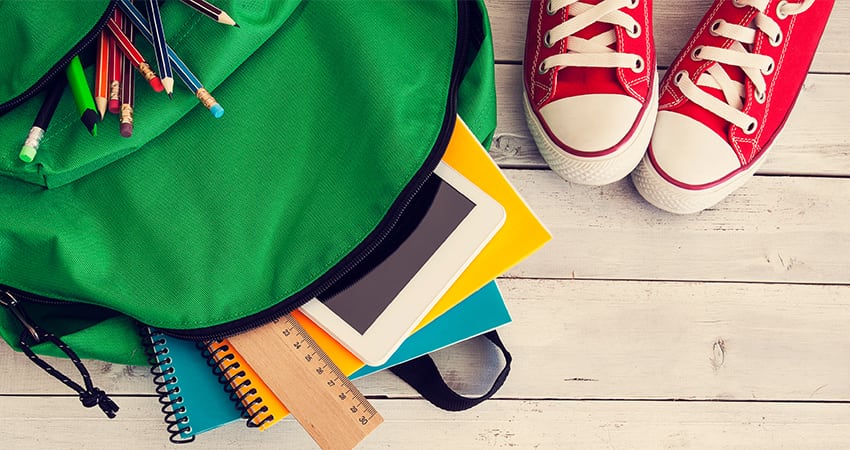Shoppers are predicted to spend $83.6 billion this back-to-school season, a more than 10% increase from last year’s $75.8 billion according to NRF.
While many parents will be researching back-to-school purchases online this summer, the findings of Deloitte’s survey show that the bulk of their purchases will actually be made in store. This presents a huge opportunity for retailers to drive traffic in-store and increase sales after the slower months of summer.
The competition, however, is stiff. Brands are competing for dollars with school supply retailers like Staples and Office Depot and general big-box stores like Walmart and Target, as well as tech companies pushing the newest laptops and of course apparel retailers.
With all of the competition and so much money at stake, how can retailers influence these back-to-school shoppers?
Who Has the Money? Target the Parents
Obviously, children don’t have the income to support shopping, which means that parents should be considered the main target for these brands. Then, the question becomes, where is best reach them? According to Deloitte, nearly half of parents (49%) say they’ll use their desktop or laptop to shop and 53% report they plan to use a mobile device.
When engaging these parents with marketing messages, it’s important to not only consider the device but also location and time of day. Brands should be paying attention to where parents are when they are on the move. The parent of a six-year old isn’t going to be able to pay attention to the offer on their phone if they are in the middle of a playground chasing their child around. Brands would be better served to offer deals to these parents when they are at home or work, in a more controlled setting.
Time is equally as important as place when targeting your audience. If you want to increase your chance of swaying purchase decisions, doing so at a time the parent actually wants to be communicated with is critical. Our research shows that most consumers are doing research at 8pm, which for parents means after their children are settled in for the night. Conversely, many people are also researching products while at work, so mid-afternoon is another good time to reach consumers with relevant messaging.
Furthermore, these offers can and should be personalized to the child’s age. This can be done by understanding the location patterns on the parent’s device to determine what types of schools and subsequent locations have been visited. For example, if their device is seen at a middle school during pick up and drop off times, and then at home on a wifi connection searching pre-teen products, it’s safe to say that at least one of their children is of that age and would be receptive to product offerings catering to likely interests.
Deals, Deals, Deals!
Our research found that a quarter (25%) of price-conscious consumers would be enticed into a physical store by the promise of a perceived bargain. Whether a door buster sale or money-off coupon, the promise of a price reduction is the primary motivator for a trip to the store.
Price reductions, coupons, and rewards will all hit a retailer’s profit margin, so why should brands bother spending money to attract customers? The reason is that almost one-quarter (22%) of respondents admitted that they spend up to 20% more than they intended to when they go in-store, according to our research. This represents an additional $901 on the Bureau of Labor Statistics average yearly apparel spend of $1,803.
By mapping online behaviors with location movement data, brands can identify which consumers are in product discovery mode, target them with a back to school deal to influence their decision to come in-store, and reap up to 50% more in revenue.
Creating An In-Store Experience
Once customers are in store, brands need to merchandise the store with an eye for product discovery. Stores need to act primarily as a touchpoint for consumers to discover products, rather than show bulk inventory on shelves. This means stores should be creating compelling displays and end caps that showcase the products. Additionally, testing out product functionality must be seamless for browsers to pique their interest.
By using location insights to understand parents (and their children), brands can help influence their journey through the back-to-school season. With a huge amount of revenue at stake, it’s vital for retailers to use precision strategies – targeting and good deals – to lure shoppers in store and drive incremental sales.
Gil Larsen is VP of Americas at Blis

